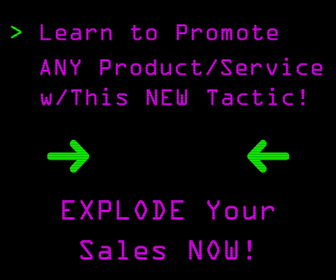Mobile shopping is all the rage. Nothing beats being able to compare items online or even in the store while shopping for the best deals around. This not only makes it super easy for the consumer to find the lowest prices but also makes it easier for them to try and get the prices they find, matched, right there in the store.
This may sound bad for retailers but on the flip side, it makes it incredibly easy to bring in new customers, offer custom incentives to current one and keep these client's for life.
Check out some further stats on why mobile will continue to dominate as a trend and how to get involved:
Mobile as a convenient POS alternative
Providing convenient in-store mobile payments options is one way that brick-and-mortar retailers are using mobile to enhance the in-store shopping experience. Many now use mobile devices – particularly tablets – to increase convenience and reduce customer wait times. And more will soon follow: A 2012 Motorola report found 66 percent of retailers interested in using mobile POS services. Meanwhile, 42 percent – including major retailers– are either offering mobile POS programs or planning trials within the next 36 months. In addition, some retailers are arming in-store salespeople with mobile devices, making it easier to locate an item in the shopper’s ideal color, size, style, and price – even if it’s not on the shelf. The goal: fewer thwarted shoppers and greater customer loyalty. Mobile devices also provide an opportunity for retailers to increase sale size through upselling and cross-selling. The in-store mobile marketing trend may eventually cause retailers to change how they format and stock stores, predicts Veronica Katz, CSA Head of Retail Marketing and Strategy for eBay, Inc. “You can expect some retailers to improve inventory investments by lowering their inventory risk in stores, and showcasing an expanded assortment of products through mobile,” explains Katz. “Apparel retail is one example of a vertical where you might see this approach take off.”
Connecting in the right place, at the right time
According to PayPal Mobile Solutions Senior Manager Stephen Strauss, “You’re definitely going to see much more POS and in-store activity with mobile over the next few years.” Strauss points to smartphone-scannable quick-response (QR) codes as an example of how mobile is already deepening the shopping experience right in the aisle. The “silent salesperson” strikes again. Retailers use QR codes to give shoppers product information – and to offer deals designed to spur purchases or drive shoppers to the retailer’s website. Either way, the retailer gets the sale. Mobile also helps retailers stay in touch with consumers through advertising that‘s highly customized – and often geo-targeted. Many already send offers to customers’ smartphones via SMS text messaging, directing them to web-based deals. Some retailers take this tactic a step further, driving traffic to brick-and-mortar stores with location-based mobile SMS messaging and banner ads. According to Mobile Marketer, apparel retailer Victoria’s Secret is among the brands wooing mobile audiences with geo-targeted banner ads. And a high-end skincare brand has made a splash with its mobile marketing efforts, creating opt-in SMS campaigns that alert loyal customers to in-store deals such as free samples and exclusive discounts.
It is pretty much expected for every brick and mortar business to also have an online presence even though many still don't. It really is only hurting their business by not exposing themselves online and through social networks.
Have you taken your business mobile and if so, have you seen a big difference? Please elaborate and share with all of us below.
Image Source: Latitude Research on Flickr
CHALLENGE Yourself to Profit!
Free Download: Build Your Profit-Generating Online Business With This Free Blueprint
Sign Up, follow the easy steps and You'll get the tactics, strategies & techniques needed to create your online profit stream. It's free!



